Street photography is a genre that captures the essence of everyday life in public spaces. The lens choice plays a crucial role in determining the style and impact of your street photography. Different lenses offer various perspectives, focal lengths, and characteristics that can dramatically influence your work.
On many photography forums, the question of what is the best lens for street photography (or any other type of photography, for that matter) will pop up quite often. While the traditional answer for any gear-related question is that the gear with you is always best, this doesn't really help. Well, this great video addresses the actual question and tests 3 good contenders.
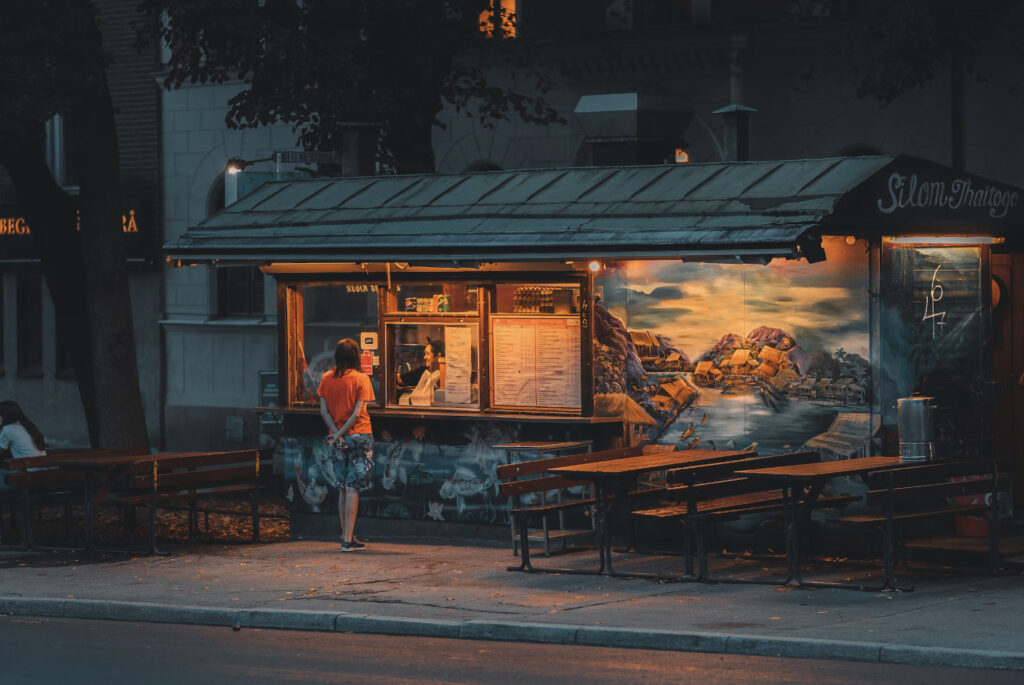
Lizzie Pierce is a successful video producer and photographer from Toronto, Ontario. In this video, she's looking at three of the classic lenses widely considered the best for street photography – the classic 50mm, 35mm, and 24mm.
What's great about this video is that you can immediately compare how the same scenes in New York City look when captured with different focal lengths.
Hopefully, this video was enjoyable and fun, and you learned something new. We will elaborate on the same topic and suggest some lenses you can buy on Amazon.
Quick Summary Of Most Useful Street Photography Lenses
35mm Prime Lens
A 35mm prime lens is a popular choice for street photography. It provides a versatile focal length that is close to what the human eye sees, making it great for capturing scenes as they appear in everyday life. It's wide enough to include context and background while still allowing you to get up close to your subjects.
Pro Tip: Many 35mm prime lenses offer wide apertures like f/1.4 or f/2. This allows for excellent low-light performance and beautiful background blur (bokeh).
50mm Prime Lens
A 50mm prime lens is another classic option for street photography. It offers a slightly narrower field of view than a 35mm lens but is excellent for capturing candid moments and street portraits. Many street photographers prefer the 50mm for its ability to isolate subjects and create pleasing background blur.
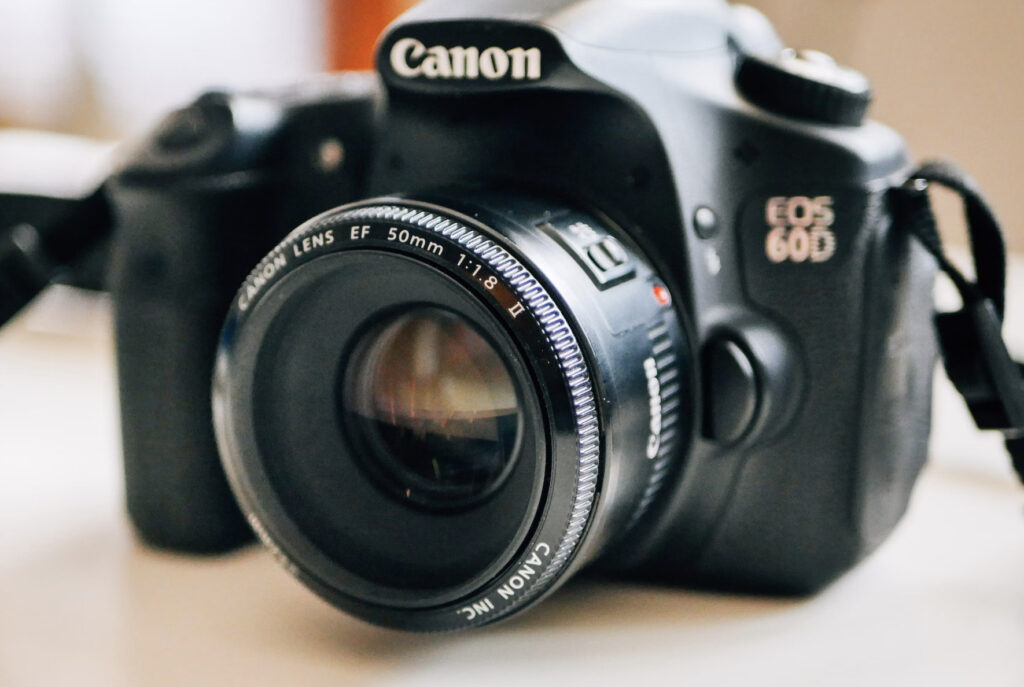
28mm Prime Lens
A 28mm prime lens balances the wider 24mm and the standard 35mm. It's a versatile choice that can be used for various street photography styles, from wide scenes to close-up candid shots.
Pro Tip: Wide-angle lenses are great for emphasizing leading lines in your compositions. Look for natural lines in the environment, such as roads, bridges, or architectural elements, and use them to guide the viewer's eye through your photo.
24mm Prime Lens
If you like to get really close to your subjects or prefer a wider perspective, a 24mm prime lens can work well. It's great for capturing the hustle and bustle of the streets, urban landscapes, and environmental portraits.
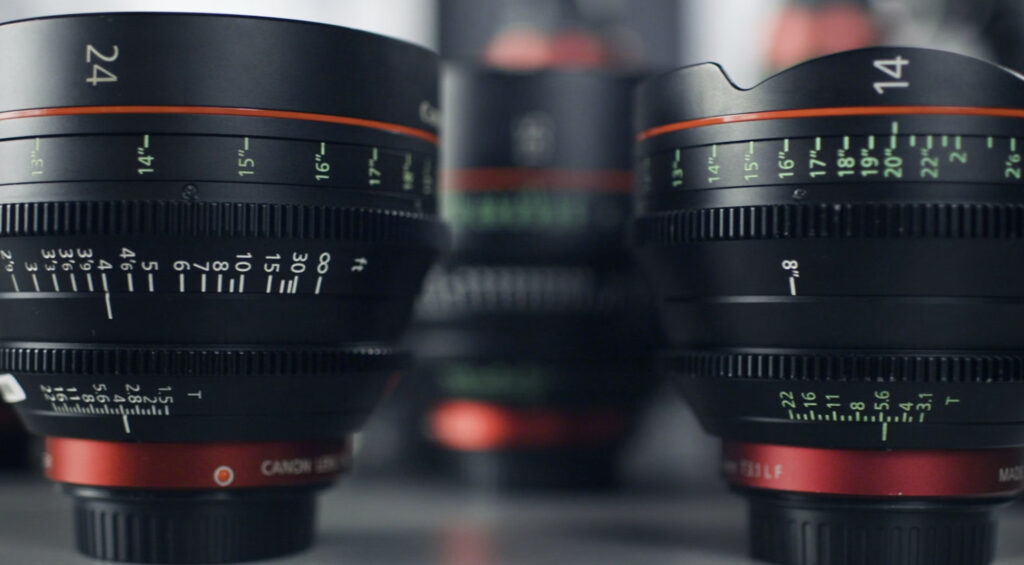
Zoom Lenses For Street Photography
While prime lenses are popular for street photography due to their wide apertures and sharpness, zoom lenses can also be practical. A compact and versatile zoom lens, like a 24-70mm or 24-105mm, can cover a range of focal lengths and allow you to adapt quickly to changing scenes and compositions.
Pro Tip: High-quality 24-70mm lenses offer excellent sharpness and image quality.
Wide-Angle Zoom Lens
If you want to emphasize the environment and create dramatic perspectives, consider a wide-angle zoom lens like a 16-35mm or 17-40mm. These lenses are excellent for capturing the atmosphere of the streets and cityscapes.
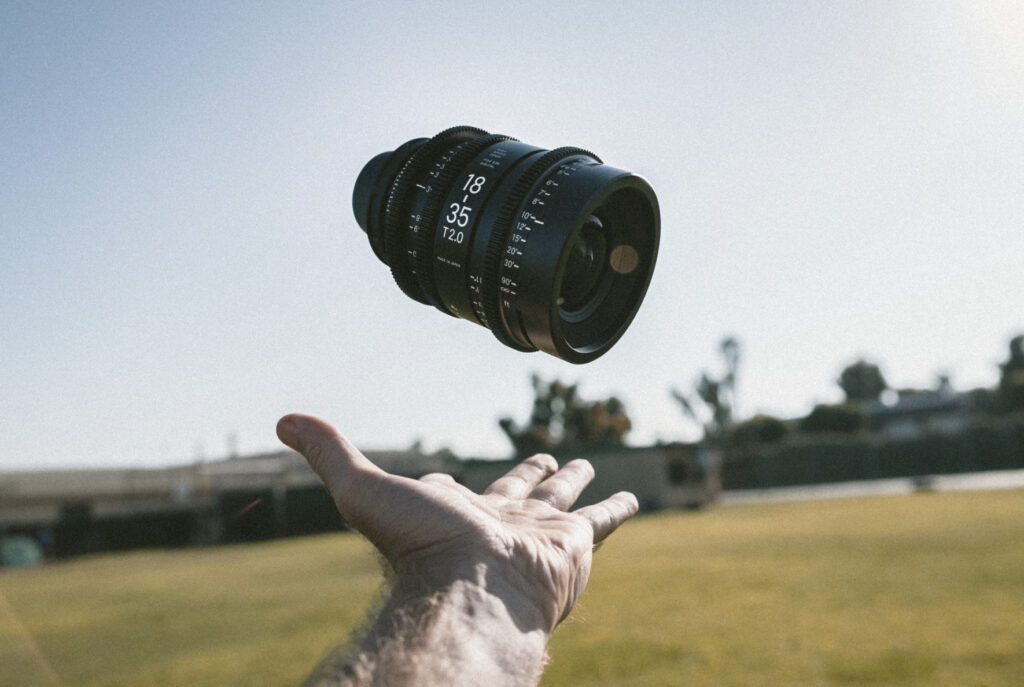
Faster Apertures
Lenses with wider maximum apertures (e.g., f/1.4, f/1.8) are useful for low-light situations and achieving beautiful background blur (bokeh). They allow for faster shutter speeds and more creative control over depth of field.
Compact Lightweight Lenses For Street Photography
Consider smaller, lightweight lenses that won't attract attention for discreet and inconspicuous street photography. Mirrorless camera systems often offer compact prime lenses that are perfect for this purpose.
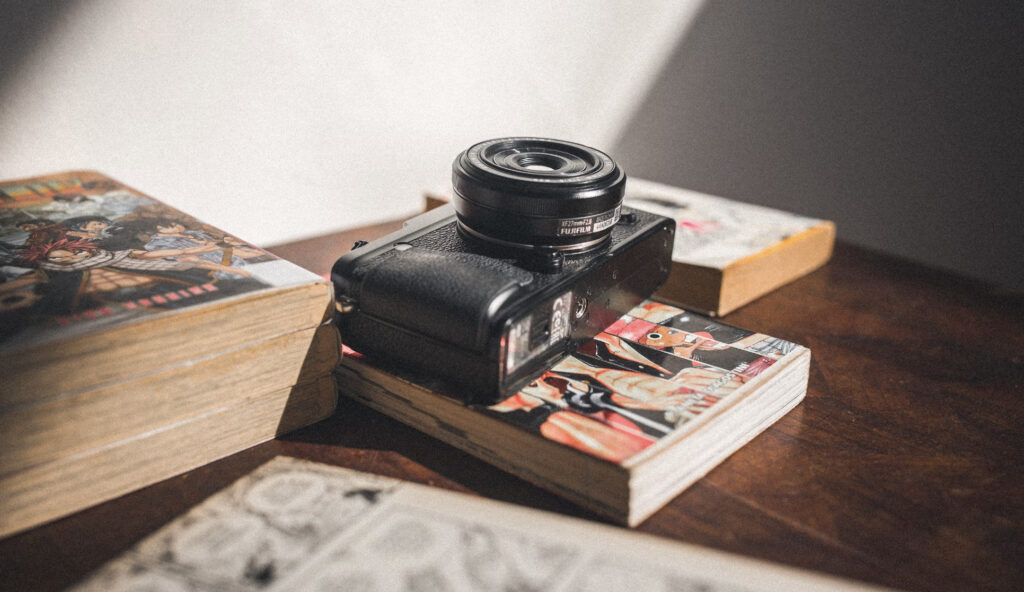
Here are some lens recommendations for different street photography preferences:
- Classic Street Photography: Consider a 35mm or 50mm prime lens with a wide aperture (e.g., f/1.4 or f/1.8) for a classic, documentary-style approach to street photography. Brands like Canon, Nikon, Sony, and Fujifilm offer excellent options in this category.
- Versatile Street Photography: If you prefer versatility and the ability to switch between wide-angle and short telephoto perspectives, a high-quality 24-70mm zoom lens is a reliable choice. This is especially useful when covering various situations in one outing.
- Creative Street Photography: Explore wide-angle lenses like a 28mm prime or a 16-35mm zoom for creative and experimental street photography. These lenses can help you create unique perspectives and capture the essence of the environment.
- Portraits In The Streets: If you enjoy capturing candid portraits of individuals in an urban setting, consider an 85mm prime lens with a wide aperture. This will allow you to achieve beautiful background blur and subject isolation.
- Unconventional Street Photography: If you're open to pushing the boundaries of traditional street photography, experiment with longer focal lengths like a 70-200mm zoom. This can result in unique and unexpected compositions.
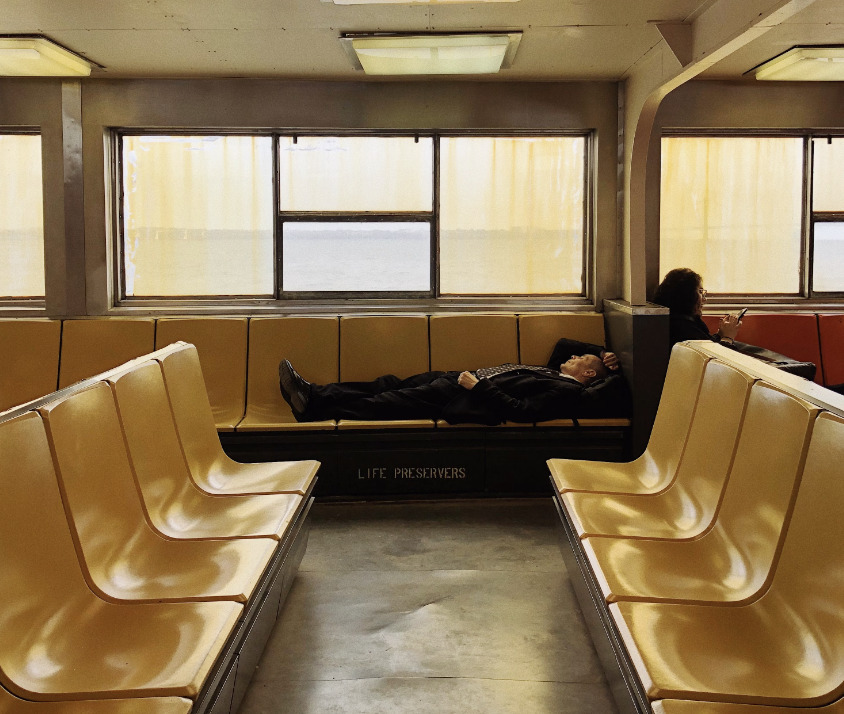
Best Street Photography Lenses You Can Purchase On Amazon
A big oversight of the video above was the price. A 50mm f/1.8 lens is arguably the best value lens ever made (for Nikon, Canon, and many other manufacturers). Compared to the others, its price would be a big factor for many people.
Here are the current prices of the lenses commonly used for street photography so that you get a better idea of what's affordable for you:
| Canon EF 50mm f/1.8 STM | Canon EF 24-70mm f/2.8L II USM | Sony FE 50mm F/1.8 SEL50F18F | Sony FE 24mm f/1.4 GM | Sigma 35mm f/1.4 DG HSM | Nikon NIKKOR Z 35mm f/1.8 S |
| $125.00 | $1,899.00 | $198.00 | $1,298.00 | $669.95 | $589.00 |
Canon EF 50mm f/1.8 STM
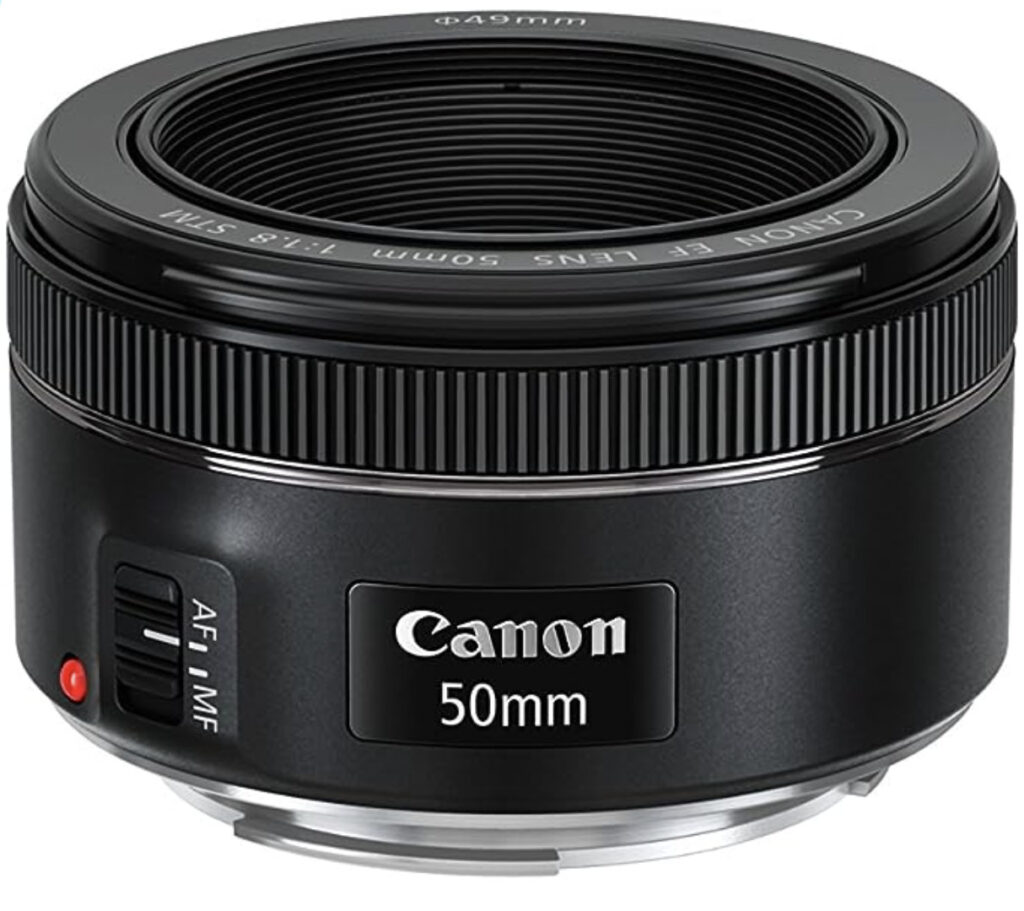
The Canon EF 50mm f/1.8 lens, often called the “nifty fifty,” is popular for its versatility and affordability. It's a great option for photographers on a budget looking for a versatile and sharp prime lens. However, it has some limitations regarding build quality and features compared to more expensive lenses in Canon's lineup.
Pros
- Affordable: This lens is one of the most budget-friendly options in Canon's lineup, making it accessible to many photographers.
- Wide Aperture: The f/1.8 aperture allows for excellent low-light performance and the ability to achieve a shallow depth of field, resulting in beautiful background blur (bokeh) and subject isolation.
- Sharpness: It's known for its sharpness, even when used wide open at f/1.8, which is great for portraits and other subjects where you want to emphasize details.
- Compact and Lightweight: The lens is small and lightweight, making it easy to carry around and suitable for travel or street photography.
- Fast Autofocus: The lens typically offers quick and accurate autofocus performance, making it suitable for capturing fast-moving subjects.
Cons
- Plastic Build: The lens has a predominantly plastic construction, which may make it less durable compared to higher-end Canon lenses. However, it's still reasonably sturdy for its price range.
- Lack of Image Stabilization: The Canon EF 50mm f/1.8 lens does not have built-in image stabilization (IS), which can be a drawback for handheld shooting at slower shutter speeds.
- No Weather Sealing: It lacks weather sealing, so it may not be the best choice for shooting in adverse weather conditions.
- Noisy Autofocus: Some users find the autofocus motor to be a bit noisy, which could be a concern when shooting video or in a quiet environment.
- Not Compatible with Some Camera Mounts: Be sure to check compatibility with your Canon camera model, as some mirrorless cameras may require an adapter to use this EF lens.
5.0 out of 5 stars Possibly the best value in all of photography
Ah, the “nifty fifty”! This is without question the best-selling lens from Canon, maybe even of all lenses. Its high price to performance ratio is the reason for this. It can be useful on both crop and full frame, and should probably be every beginners first upgrade lens.
Canon EF 24-70mm f/2.8L II USM
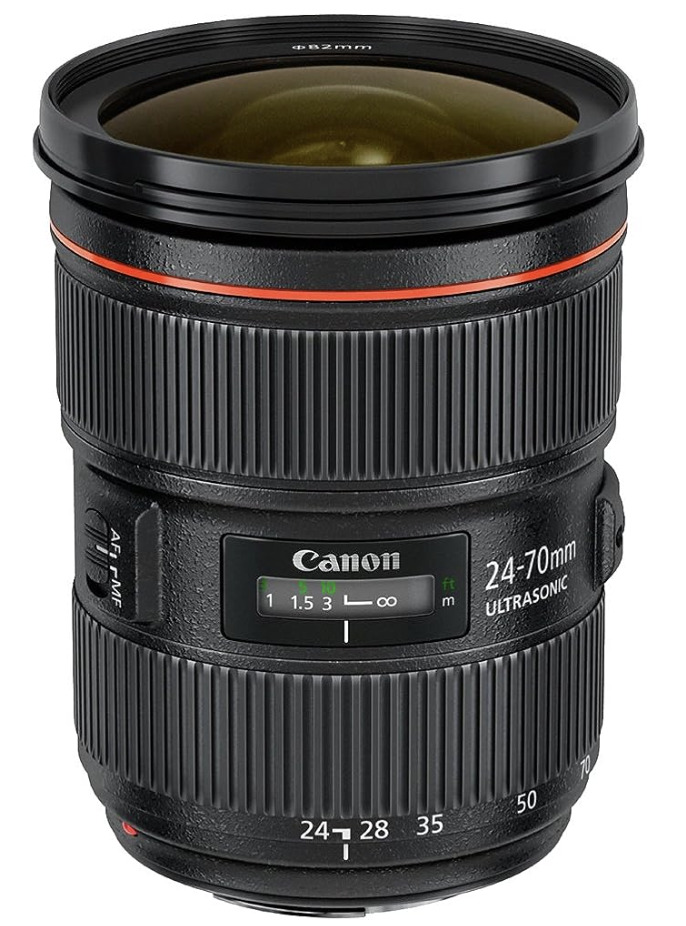
The Canon EF 24-70mm f/2.8 lens is a popular zoom lens known for its versatility and high-quality optics. It's well-suited for many types of photography (including street photography!), especially for professionals and enthusiasts who require a wide range of focal lengths. However, it does come with some trade-offs, such as its size, weight, and price, which may not be suitable for all photographers or situations.
Pros
- Versatility: The 24-70mm focal length range is highly versatile and covers a wide range of shooting scenarios, making it an excellent choice for everything from landscapes to portraits to event photography.
- Constant Aperture: The f/2.8 aperture is constant throughout the zoom range, allowing you to maintain a wide aperture for low-light shooting and achieve a shallow depth of field for creative effects.
- Image Quality: This lens is known for its excellent image quality, including sharpness, contrast, and color rendition, making it suitable for professional photography.
- Lens Stabilization (IS): Some versions of this lens come with image stabilization (IS), which helps reduce the effects of camera shake when shooting handheld at slower shutter speeds.
Cons
- Size and Weight: The Canon EF 24-70mm f/2.8 lens can be relatively large and heavy, which may make it less suitable for travel or street photography. It can also be tiring to carry for extended periods.
- Price: This lens tends to be relatively expensive, especially compared to other zoom lenses in the Canon lineup.
- No Prime Lens Quality: While the image quality is generally excellent, some prime lenses may outperform this zoom lens in terms of sharpness and optical performance.
- Limited Low-Light Performance: While the f/2.8 aperture is wide, it may not be as ideal for extremely low-light conditions as prime lenses with even wider apertures like f/1.8.
5.0 out of 5 stars Very Valued Piece of Equipment
This lens is a very valued piece of equipment for me. As a landscape photographer, I use only two lenses, this and the 70-100 (2.8). I have owned many lenses prior (including previous versions), 16-35, fixed primes in the 24-70 focal range, etc. These two lenses do everything I need to do.
Sony FE 50mm F/1.8 SEL50F18F
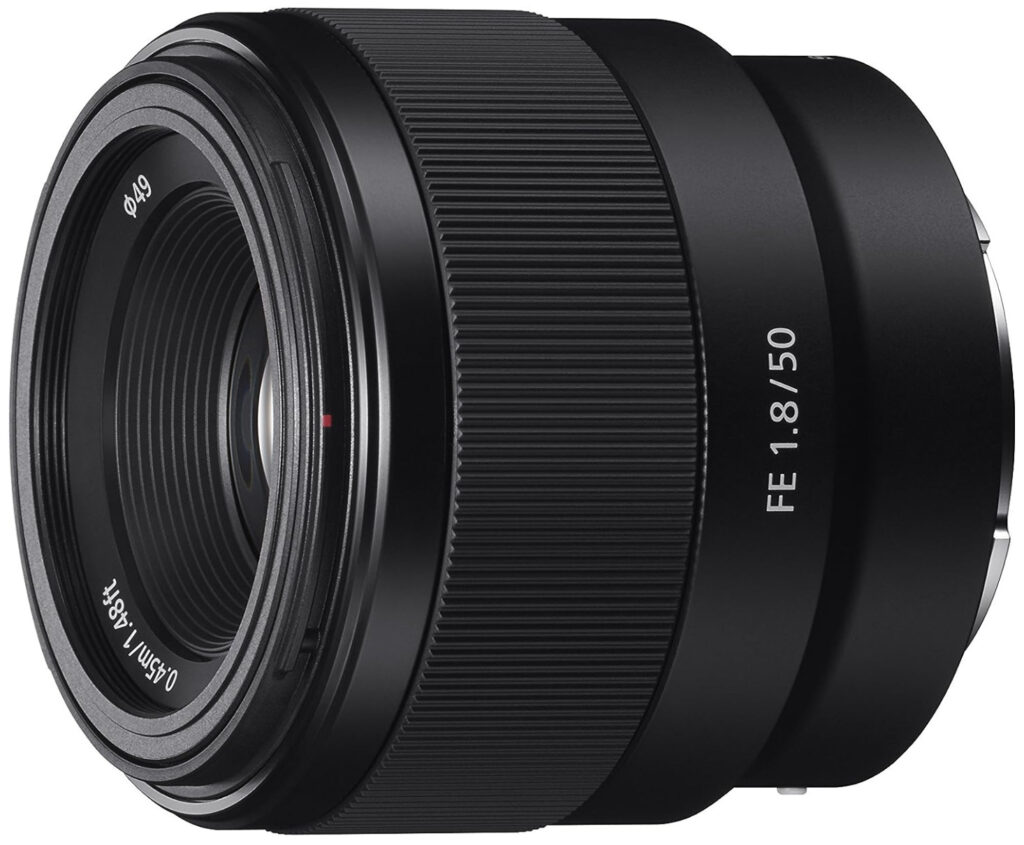
The Sony FE 50mm f/1.8 lens is a prime lens designed for Sony's full-frame E-mount cameras. The lens is a cost-effective and lightweight option for photographers using Sony's full-frame mirrorless cameras. It offers good image quality and is well-suited for various photography styles.
Pros
- Compact and Lightweight: The lens is lightweight and easy to carry around, which is especially great for street photography.
- Sharpness: It offers good sharpness, even when used wide open at f/1.8, which is beneficial for capturing detailed and crisp images.
- Fast Autofocus: The lens generally provides fast and accurate autofocus performance, making it suitable for capturing moving subjects.
Cons
- Limited Weather Sealing: It lacks weather sealing, so it may not be the best choice for shooting in adverse weather conditions.
- No Distance or Depth Scale: This lens doesn't have a distance or depth-of-field scale, which can be a drawback for photographers who like to use manual focus.
- Plastic Mount: The lens features a plastic lens mount, which is less durable than metal mounts found on higher-end lenses. Care should be taken when attaching and detaching the lens.
4.0 out of 5 stars Louder, worse AF compared to kit lens
I wanted a prime lens to compliment my FE 3.5-5.6/28-70 zoom kit lens. On the bright side this prime lens can achieve much better background blur, as seen in this photo of punching bags. This lens is a little louder than the kit lens. My a7ii struggles with autofocus with this lens in situations where the kit lens performs just fine. I mostly use it in manual focus, so it's not a deal breaker.
Sony FE 24mm f/1.4 GM
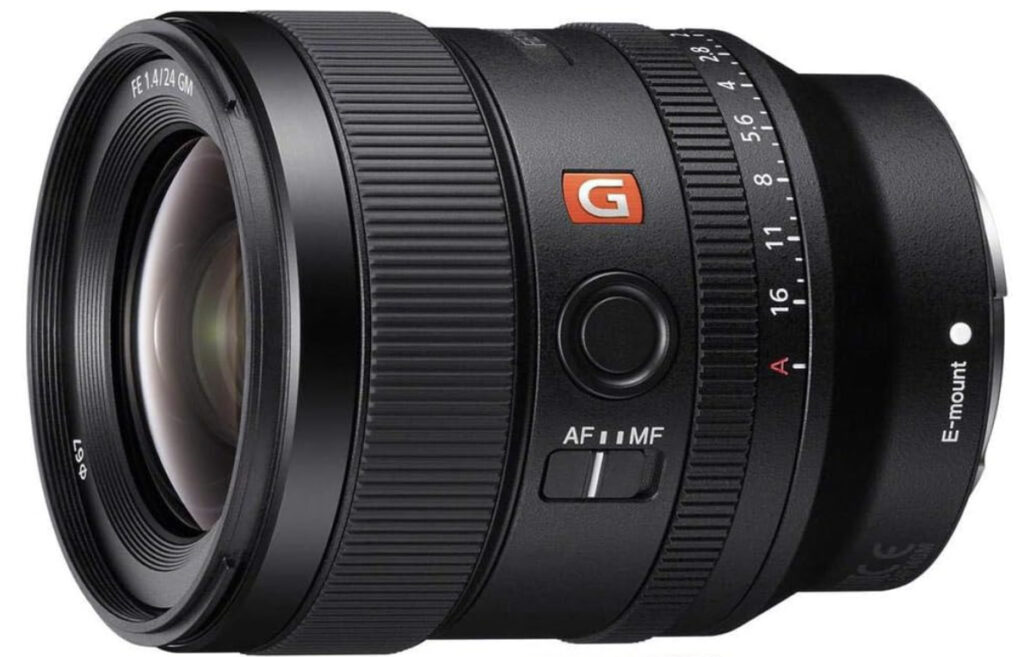
The Sony FE 24mm f/1.4 GM (G Master) lens is a high-end prime lens designed for Sony's full-frame mirrorless cameras. This lens is a top-tier prime lens with exceptional image quality. However, its high cost and relatively large size may not be favorable for some users, and it lacks image stabilization.
Pros
- Wide Aperture: The f/1.4 aperture allows for excellent low-light performance and the ability to achieve a very shallow depth of field, making it great for low-light shooting and creative depth-of-field effects.
- Fast and Quiet Autofocus: The lens features a fast and quiet autofocus system.
- Robust Build Quality: The lens has a high-quality build with weather-sealing, which provides protection against dust and moisture, making it suitable for outdoor conditions.
- Beautiful Bokeh: The wide aperture and high-quality optics result in a creamy and pleasing background blur, enhancing subject separation and making it ideal for portraits and artistic shots.
Cons
- Price: The Sony FE 24mm f/1.4 GM lens is a premium lens, and it comes with a high price tag.
- Flare and Ghosting: Some street photographers have reported instances of flare and ghosting when shooting directly into bright light sources. Using a lens hood can help mitigate this issue.
- No Built-in Image Stabilization: Unfortunately, this lens does not have built-in optical image stabilization (IS).
5.0 out of 5 stars Absolutely Bokeh Monster!!
The lens has exceeded all my expectations, and not only that, it came packaged very carefully and came with its own little case. Super cool! Pure quality!!
Sigma 35 mm f/1.4 DG HSM
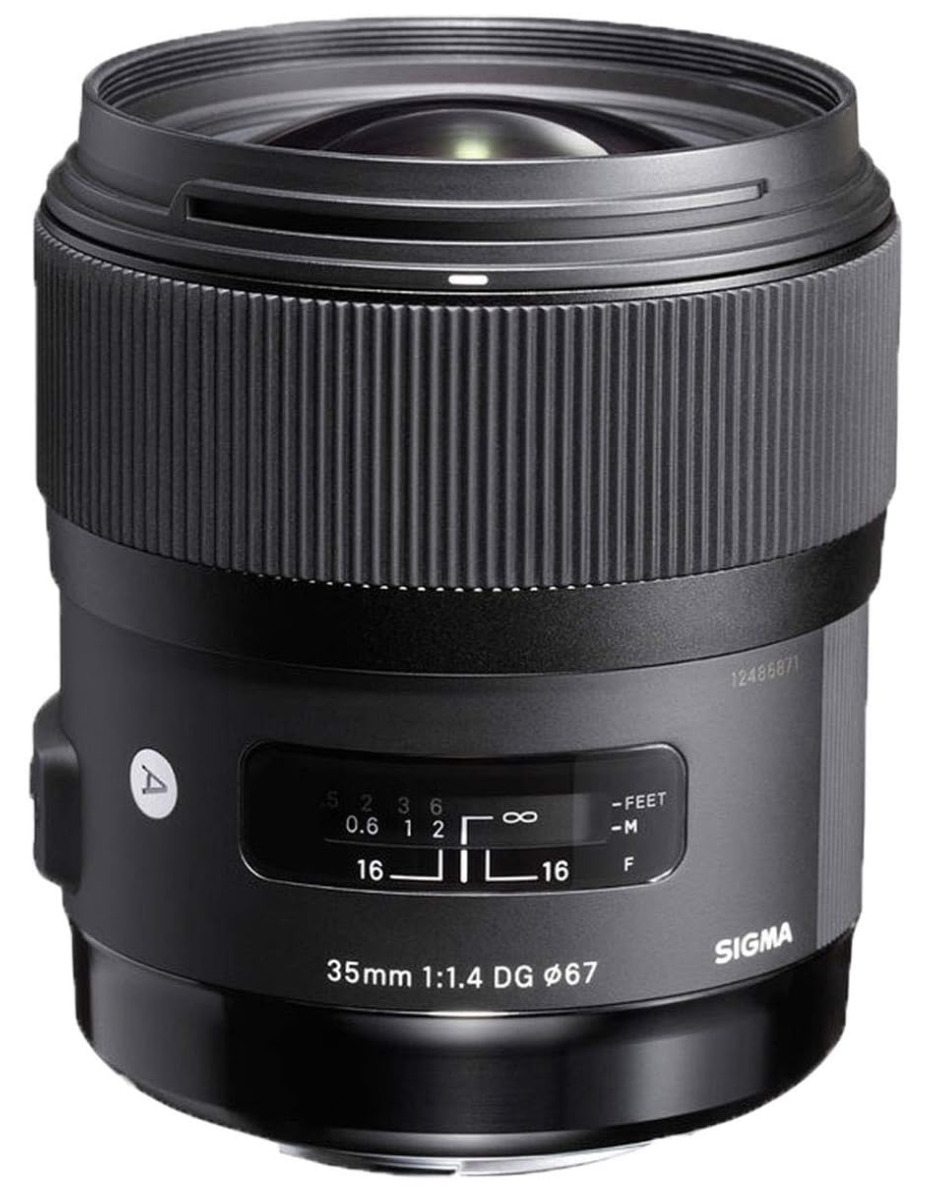
The Sigma 35mm f/1.4 DG HSM Art lens is a prime lens known for its excellent image quality and versatility. It's available in various mounts, including Canon, Nikon, and Sony. Its competitive pricing makes it an attractive option for photographers looking for a high-quality lens without breaking the bank. However, it may have some minor drawbacks related to autofocus and size.
Pros
- Wide Aperture: The f/1.4 aperture allows for excellent low-light performance, beautiful background blur (bokeh), and creative depth-of-field effects. It's great for low-light shooting and portraits.
- Solid Build Quality: The lens features a robust build with a metal body and mount, giving it a premium feel. It's also equipped with weather-sealing, providing some protection against dust and moisture.
- Fast and Quiet Autofocus: The Hyper Sonic Motor (HSM) ensures quick and accurate autofocus performance, suitable for capturing fast-moving subjects and video recording.
- Versatile Focal Length: The 35mm focal length is versatile, making it suitable for a wide range of photography styles, including street photography, portraits, landscapes, and documentary work.
- Art Series Quality: Sigma's Art series is known for its attention to optical quality and design, and this lens is no exception. It's designed to meet the demands of street photographers.
Cons
- Some Autofocus Inconsistencies: While the autofocus is generally reliable, some users have reported occasional autofocus inconsistencies, particularly with certain camera bodies. Firmware updates may address these issues.
- No Image Stabilization: This lens lacks built-in optical image stabilization (IS), which could be a drawback for handheld shooting.
- Slight Barrel Distortion: Some distortion may be noticeable but is usually correctable in post-processing.
5.0 out of 5 stars YOU WON'T REGRET IT
I normally utilize my nifty 50. It was my favorite lens, until I bought this bad boy. The crispness of my images, is AMAZING. I feel like it made my photography go to the next level.
Nikon NIKKOR Z 35mm f/1.8
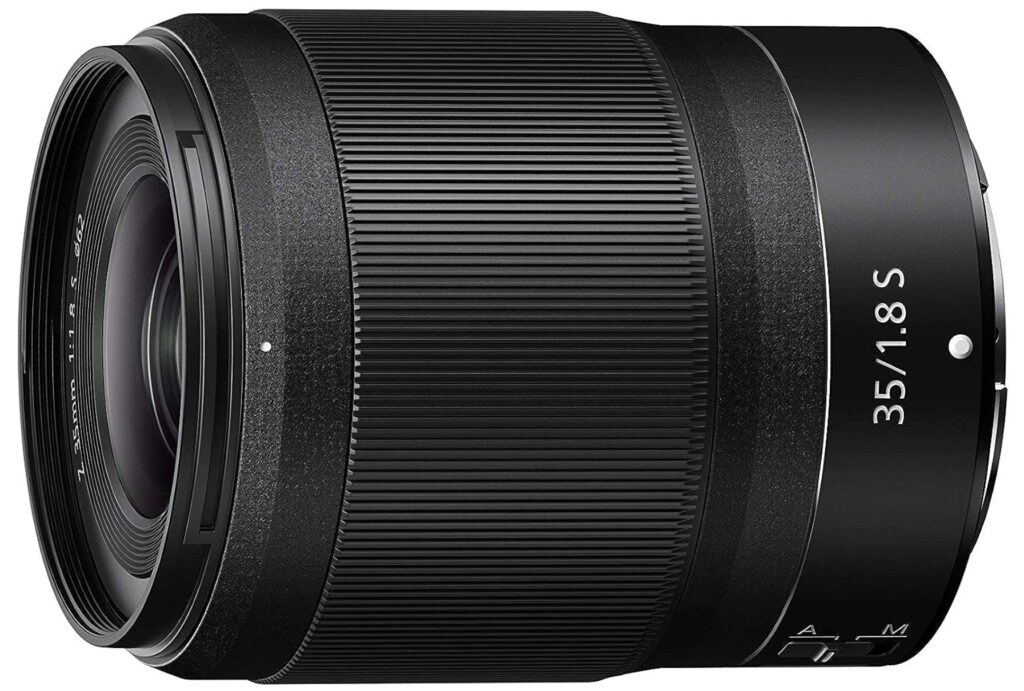
The Nikon NIKKOR Z 35mm f/1.8 S is a prime lens designed for Nikon's mirrorless Z-mount cameras. While it may not be the most budget-friendly option in its category and lacks built-in image stabilization, it offers a great balance of performance and portability for Nikon Z-series mirrorless camera users.
Pros
- Outstanding Image Quality: This lens is known for its exceptional image quality, with sharpness, contrast, and color rendition.
- Compact and Lightweight: The lens is small and lightweight, making it easy to carry around, which is especially great for travel and everyday use.
- Fast and Quiet Autofocus: The lens features a fast and quiet autofocus system with a stepping motor (STM), making it suitable for capturing fast-moving subjects and for video recording.
- Customizable Control Ring: It has a customizable control ring that allows you to adjust various settings like aperture, exposure compensation, or ISO, providing greater control and convenience.
Cons
- No Built-in Image Stabilization: This lens does not have built-in optical image stabilization (IS), which could be a drawback.
- Lens Hood Attachment: Some street photographers find the lens hood attachment mechanism a bit tricky to use.
- Slight Barrel Distortion: Some distortion may be noticeable in certain situations.
5.0 out of 5 stars Beautiful Lens
This is my first 35mm focal length prime. I find this lens very versatile and fun to use. The focus is snappy and the colors and contrast are wonderful. The size is just fine for walking around for long periods of time with it. It even fits in my jacket pocket while on the camera. I got it during the holiday specials so it was lower cost than usual.
Conclusion
Ultimately, the best lens for street photography depends on your shooting style, the type of street scenes you want to capture, and your camera system. It's a good idea to experiment with different lenses to find the one that suits your vision and preferences best. Many street photographers also develop a signature style with a specific lens that they use consistently.





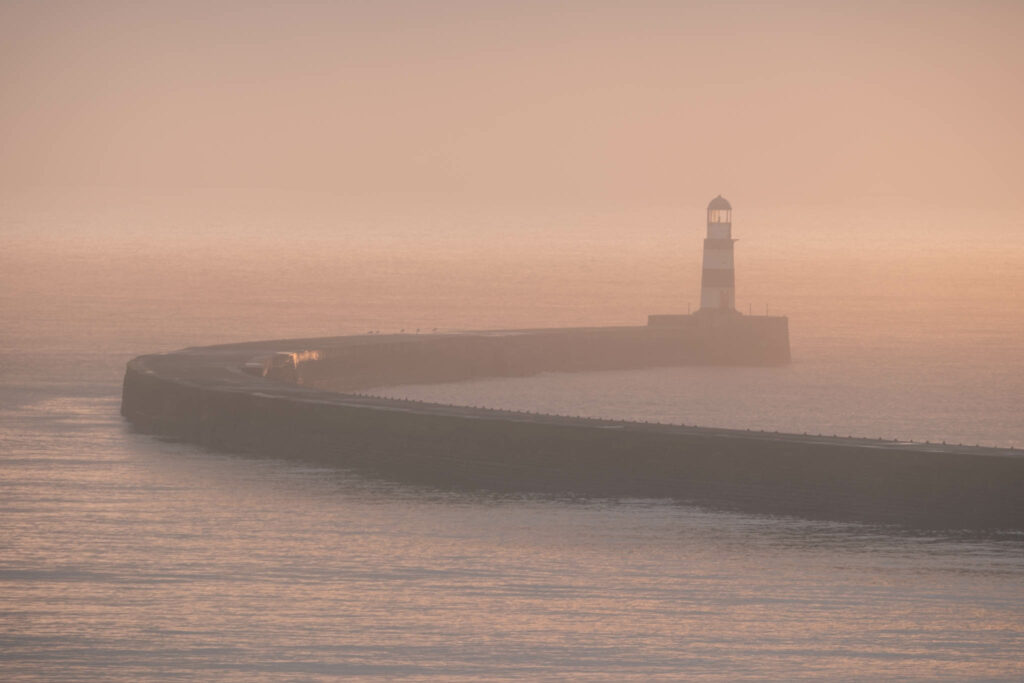
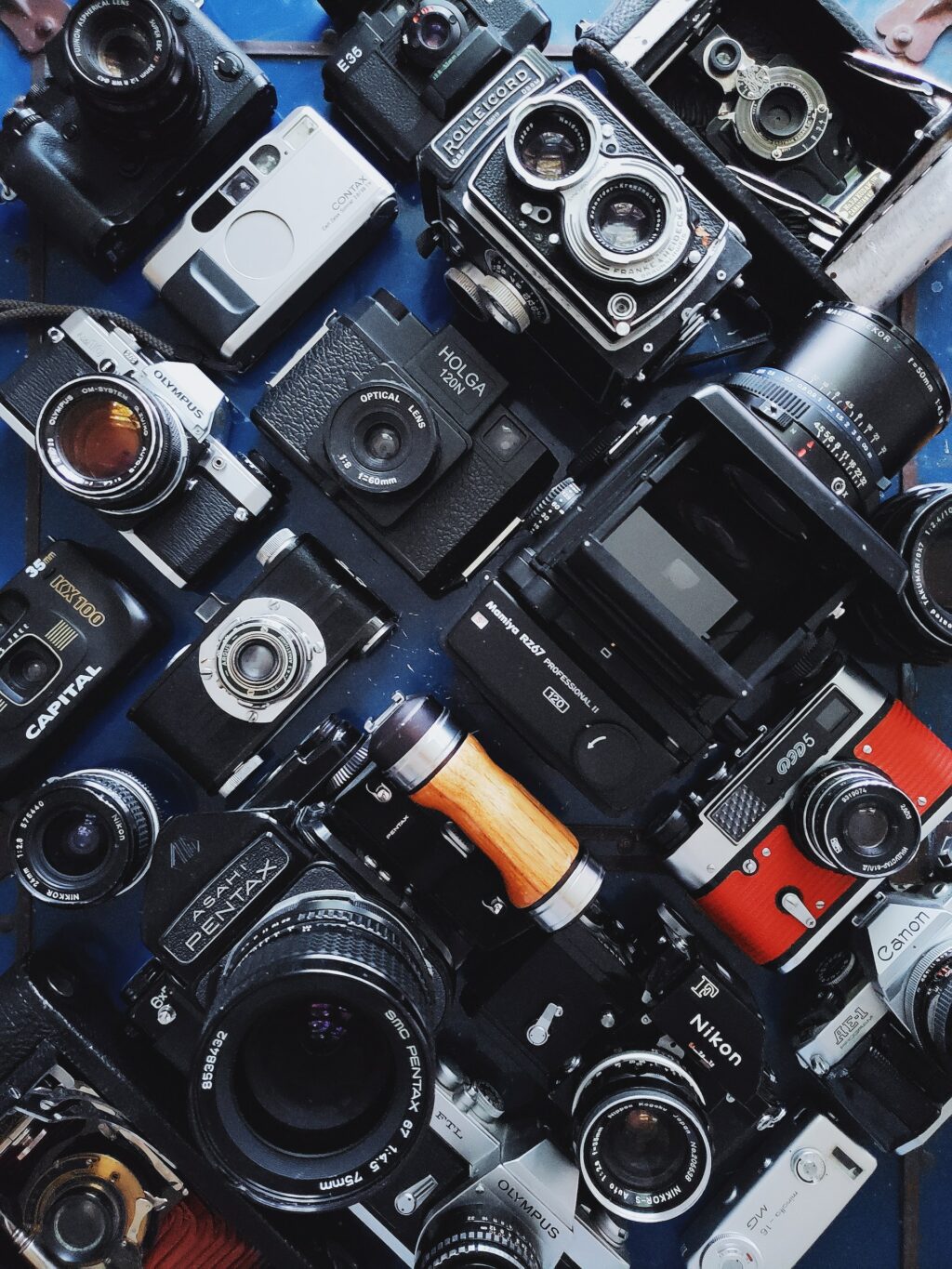
12 Comments
It would be great if you guys could expand your reviews beyond Nikon and Canon, adding Sony.
Not to forget Sigma Art series
Is this the same for full frame and crop sensor cameras
No its not. Ff 50mm, 35mm and 28 mm, apsc 35mm, 24mm and 18mm.
M4/3 25mm, 17mm, and 14mm. Here there is also the 20mm which is a better lens than 17 or 25 in my opinion.
For portraits i personally prefer the 85mm ( 60mm apsc or 45 m4/3) as it is much better than the 50 for such a purpose.
—– ”No is is not” ——- for APS-C or Full Frame?
The lens 50 35 &28 in this his is all for FF cameras. What about APC sensors that is what 75% of people use.
Personally, I like 85mm in the street, others might prefer 135mm. This is a bit like saying “what’s the best tool, a screwdriver a hammer or a drill?” It depends on the job at hand and what your goal is. If you want a scene with a lot of context go wide, if you want subject isolation go long. If you shoot many styles, just stick with 50mm as a do-anything Swiss army knife. There’s no rules in art, that’s the beauty of it.
I love my 28mm. Just need to be courageous and get close to your subjects. (Oh yeah, that’s a SONY 28mm – the camera of choice for many of my fellow photographers.)
The Sigma zoom 18-35mm Art , for aps-c, will be my next purchase ……… has a resolution that is scary , ( see review in Photozone) .
Thanks for the articles.
Greetings from Coruña, Spain
You won’t regret! I prefer the fix lens then zoom for quality.
I agree about the best lenses for street photos, but this article should mention the choice it is about the full frames cameras.
But in my view the camera choose, on the video Nikon and Canon, are not the best for street photos. The are not discreet, it attract attention by the size.
You should think the very high quality of Sony, Fuji in APSC size
And in the format 4/3, think for Olympus
With those smaller camera, you will be part of the tourist, so much less people will watch you the with Nikon or Canon.
I would be a great idea to show in picture or graphic the equivalent to full frame lens. with APS-C and 4/3 format.
(I would post or print that!)
ricoh gr i or ii…? small, discreet, pocketable, 16mp apsc sensor, 18.3mm (28mm FF equiv) f2.8 lens. $600ish used